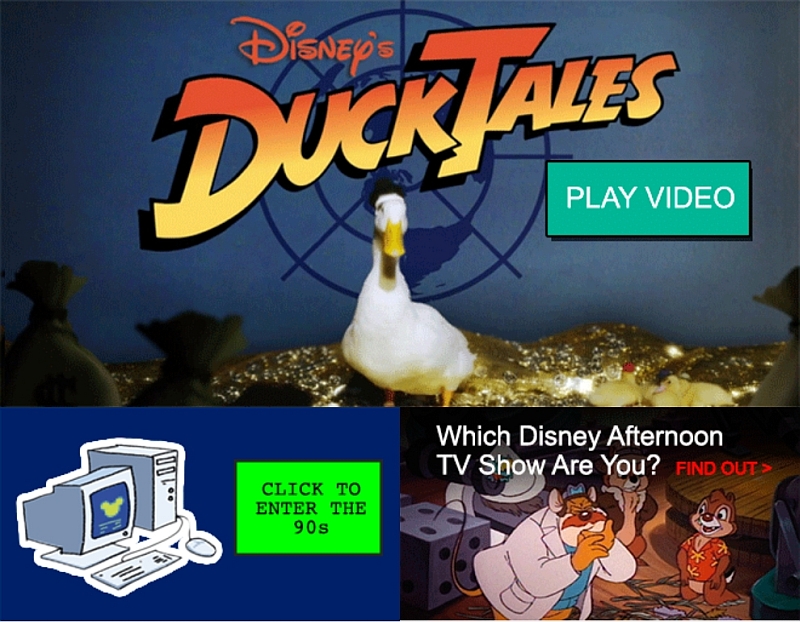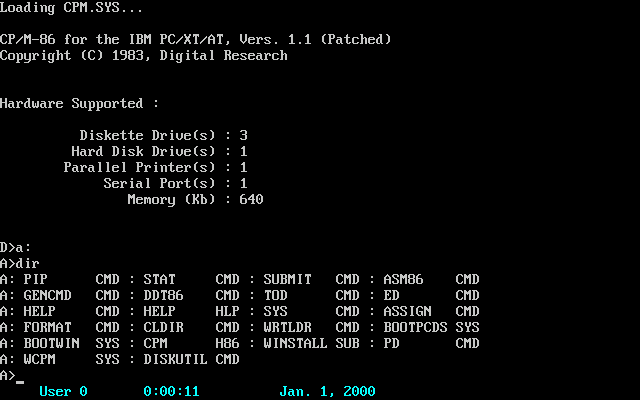Some throwbacks for Thursday

I am knee-deep in a technical specifications review today, so unfortunately I have to be brief, but luckily Disney and the Computer History Museum in Santa Clara, California came through for me. Based on emails I received from them I thought I would make a post about the past, one relating to the Internet and one relating to Operating Systems as we talked about in class.
First, I received an email from Disney Interactive that had the above header image in it, and it said “Join Disney for a trip back to the ’90s!
Well I’m always up for something like that, so I clicked the link and it took me to a webpage that is a glorious tribute to what the web looked like – and it did actually used to look like this – back in the mid 1990s. That’s a picture of it below, it’s completely functional with animated gifs and flashing colors and scrolling text (sadly no dancing babies), and you can get to it by following this link. Don’t miss it!
Next is the story of Gary Kildall and the operating system that pre-dated Microsoft’s DOS, but because of hubris and arrogance never received any notoriety, and left its developer as a footnote in the annals of the story of technology.
It’s actually well known that Gary Kildall developed the first true PC operating system, known as CP/M, that should have been what Microsoft’s MS-DOS ended up becoming. The two OSs even looked and behaved identically. It had great success in the very early days of personal computing, yet when IBM came to him, actually knocked on his front door to license the system, he wasn’t there and his wife/lawyers wouldn’t sign the documents IBM brought. Perhaps the Kildalls thought their creation was the be-all-end-all, but IBM isn’t a company to put up with that kind of thing.
They went right down the street to Bill Gates and his new Microsoft Corporation and their MS-DOS OS, which was based on QDOS (Quick and Dirty OS) that was itself based off of CP/M, Bill Gates saw the opportunity and took it, and the rest is history.
But CP/M was the first.
Now, on the 40th anniversary of CP/M’s first demonstration, the Computer History Museum has written up a staggeringly in-depth history of it and its developers as well as downfall, and they have even made the source code available here. CP/M was actually written in a computing language that Gary Kildall himself had designed!
If you ever wanted to know what it took to develop something like this back in the early days before Objective-C and C# and Visual Basic, this is a very good example and an important milestone in the history of technology.


